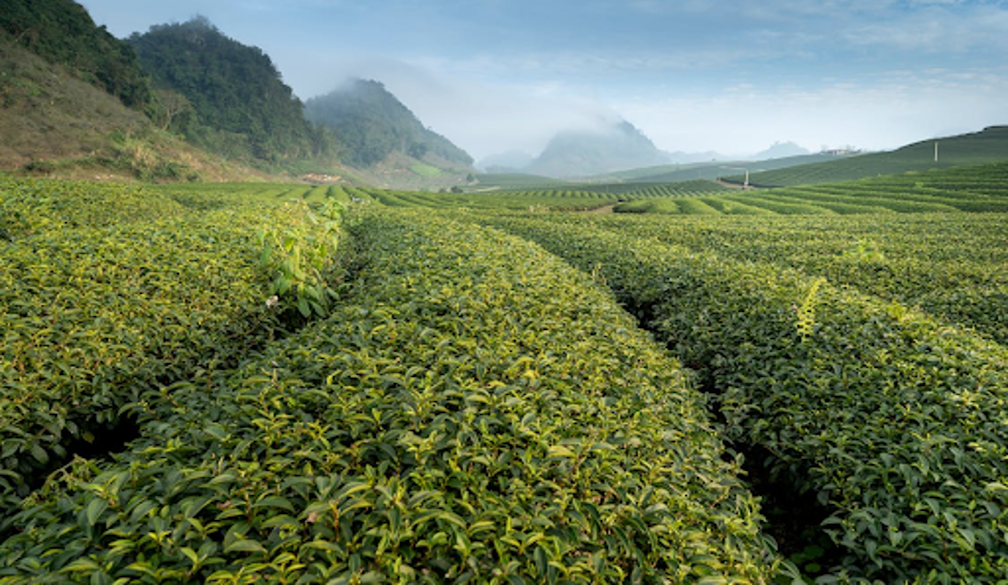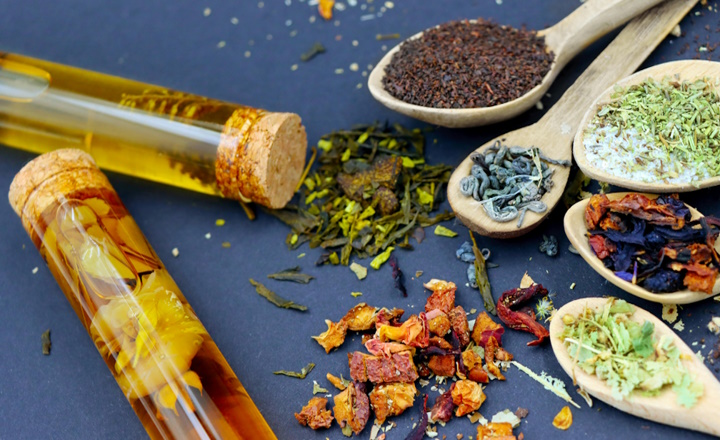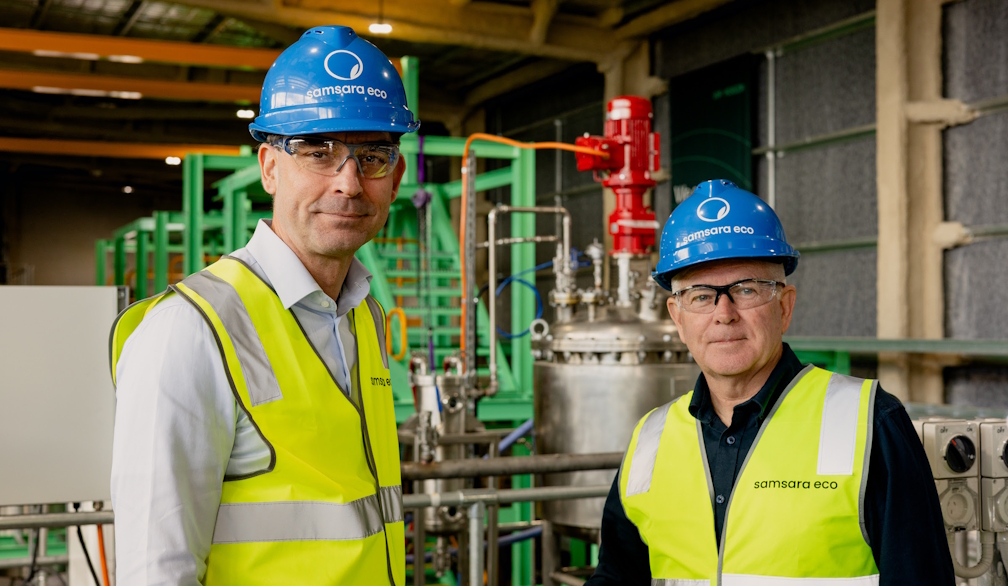A Guide To Brewing Success With Sustainable Loose Leaf Tea

Let’s be honest: the greenest cup starts in your kitchen
Imagine this: you’ve just filled the kettle to the brim because, well, who doesn’t?
One steaming mug later, the rest of that liter sits forgotten, cooling like a neglected draft in George Orwell’s teapot.
Now multiply that daily habit by a year, and you’ve racked up 365 kWh - about the annual consumption of a modern fridge (source).
Surprised? You shouldn’t be.
Life-cycle assessments show that brewing at home eats up 60-70% of a cup’s carbon footprint. The leaves aren’t the villain here. The kettle is.
Practical optimizations
- Use kettles with clear markings. Overfilling by a liter is like buying three books from Penguin Classics and only reading one chapter. Wasteful, right?
- Variable-temperature kettles don’t just save 20-25% of energy; they protect those delicate amino acids that give gyokuro its umami sweetness. Boil once, sip many.
- Brewing often for guests? A 2.2-3 L vacuum-insulated airpot keeps water at 90-95 °C for six hours using less electricity than your phone charger.
And let’s not forget transport. Your shincha flown in from Japan? Delicious, yes. But air-freighted at 500-1,000 g CO₂e per tonne-kilometer, it’s the Concorde of tea - luxurious but environmentally daft. By contrast, ocean freight hums along at 8-20 g CO₂e. The smart compromise: traders using nitrogen flushing (<1% oxygen) or MAP packaging that holds freshness up to 12 months, arriving by ship, not plane.
Usage & transport takeaway: Home brewing and freight choice dominate your footprint. Get those right, and the rest falls into place.
Trust, then check: when certifications mean something (and when they don’t)
A logo is only as strong as the audit behind it. Without scrutiny, “organic” becomes as hollow as “natural” on a shampoo bottle.
- Organic (EU/USDA/JAS): Requires 3 years of chemical-free farming, plus annual soil tests. But does it ensure biodiversity corridors? Not unless growers add agroforestry strips every 20-30 m or cover crops with >60% ground coverage. That’s the bit most consumers never see.
- Rainforest Alliance: Their 2020 revamp wasn’t cosmetic. Farms must maintain 30 m buffer zones by waterways and cut pesticide use by half. Plus, audits happen every year. Remember Auden’s line about “truth, like love, is never simple”? That’s RA: messy, measured, real.
- Fairtrade: A $0.50/kg premium adds up. For a 10-tonne estate, that’s $5,000 a year ring-fenced for clinics, schools, or safe water pumps. When you hear “community impact,” this is the ledger entry behind it.
- B Corp: Less tea-specific, but potent at merchant level. Scoring 80/200 across governance, workers, and environment forces companies to publish numbers - like carbon audits or wage bands - that glossy marketing can’t hide.
However, there’s a downside to certification, which is that small independent growers often can’t afford it, so despite them using organic practices, their tea is labelled the same as mass market growers who don’t respect the land. That’s where I quite like the attitude from Rare Tea Co, where they work directly with the growers and understand the methods they use, which gives them an opportunity to showcase the high quality traditional farming methods that a lot of these growers practice, even if they can’t afford to label them as certified organic or fairtrade.
Packaging that doesn’t outlive your leaves
Here’s the irony: your ethically sourced Darjeeling might come sealed in a plastic-aluminum pouch destined to outlast Westminster Abbey. A single nylon pyramid bag leaches 11.6 billion microplastics into boiling water (source). Think about that number next time you cradle your cup.
Packaging tiers from worst to best
- Multi-layer composites (12-15 g per pack): Unrecyclable, landfill-bound for >300 years.
- PLA “compostables”: They break down only in industrial facilities at 60 °C for 90 days. Yet, only 3% of US households and 10% in the UK have access to such facilities.
- Home-compostable paper pouches (certified OK compost HOME): Fully degrade within 90 days at 20-30 °C. Throw them in the heap with your apple cores.
- Tin or steel canisters (120-200 g): Infinitely recyclable. If refilled 10+ years, impact drops below 0.1 g CO₂e per brew. Heavy? Yes. Durable? Absolutely.
Aside: glass jars look beautiful, like a Faber & Faber edition on the shelf - but at 400-600 g each, their freight emissions aren’t so pretty unless reused endlessly.
Packaging takeaway: Loose leaf with refill pouches or home-compostables wins every time.
Choose grades and styles that stretch further

Not all leaves are equal. Some unfold like Proust’s madeleine, yielding layer after layer; others are one-hit wonders.
- Orthodox whole-leaf teas: A 5 g dose of oolong produces ~600 ml over 4-6 infusions. That’s 120 ml per gram - value you taste across an evening.
- CTC granules: Quick, strong, perfect for milk, but at 3 g per mug, they fizzle after one steep. Efficiency? Not so much.
- Compressed pu’er: A 357 g cake can yield 3,000-4,000 ml, lasting decades if stored at 18-25 °C and 60-70% humidity. It’s the wine cellar of tea - investment-worthy, ritualistic.
Flush matters too. First flush Darjeeling ($25-40/kg) shouts bolder, cheaper, and can handle 3-4 steeps. Japanese gyokuro thrives at 60 °C for 2 minutes, then two more shorter steeps, extracting 70-80% amino acids while keeping the leaf intact (source).
Leaf-choice takeaway: Choose teas that give you more than one act. Sustainability here is about stretch.
Brew smarter: slash energy without dulling flavor
Overheat water and you’re not just wasting power - you’re scorching the very compounds you paid for. L-theanine, catechins, aromatics… all flattened if you treat sencha like builder’s tea.
Advanced brewing adjustments
- Weigh the leaves: 2 g per 100 ml is the gold standard. Digital pocket scales (~0.01 g accuracy) cost less than a hardback at Waterstones.
- Temperature control: Boiling then cooling wastes ~0.1 kWh per cycle. Over a year, that’s 36 kWh - like leaving a 40 W bulb on for 900 hours.
- Flash infusions: For oolong, 5 g can yield 1 L total liquor across quick 10-30 second steeps. The leaves open slowly, like chapters in a Penguin Modern Classic.
- Cold brew: 10 g sencha + 1 L fridge water = ~60 mg/L catechins, ~35 mg/L caffeine. Smooth, mellow, zero kettle watts.
Kettle models with double-wall insulation bleed less than 1 Wh/minute. Single-cup boils (240 ml in 45 sec) use 0.08 kWh instead of 0.25 kWh for a liter. It’s the Economist’s efficiency chart come to life.
Brew-tech takeaway: Accuracy pays back twice - better flavor, lower bills.
Fair pay without greenwash: what to ask sellers
Tea is labor embodied. 70,000 buds per kilogram - imagine plucking every line in a Tolstoy novel by hand. If wages stay at $2-3/day, sustainability collapses.
What to demand
- Farm-gate price transparency: Anything below $2/kg ex-factory signals a broken chain.
- Audit recency: RA certificates expire annually. Out-of-date means irrelevant.
- Premium allocation: A coop exporting 50 tones under Fairtrade generates $25,000/year in community reinvestment. Ask to see how it’s spent - was it a clinic? A school? A safe well? If they can’t answer, doubt them (source).
Equity takeaway: Numbers speak; slogans don’t.
30-second pre-checkout audit
- Kettle plan: 250-500 ml water, 80-95 °C, 0.08-0.12 kWh per boil.
- Leaf plan: Whole leaf, ≥3 re-steeps, 500-700 ml yield from 5 g.
- Proof plan: Certification <12 months old; farm-gate price ≥$2/kg.
- Freight plan: Sea freight, MAP/nitrogen packaging, 4-6 °C transport.
- Pack plan: <15 g packaging per 100 g tea, refill pouch or OK compost HOME.
Checkout takeaway: With this list, you buy not just flavor but fairness, not just aroma but an experience for the soul.









